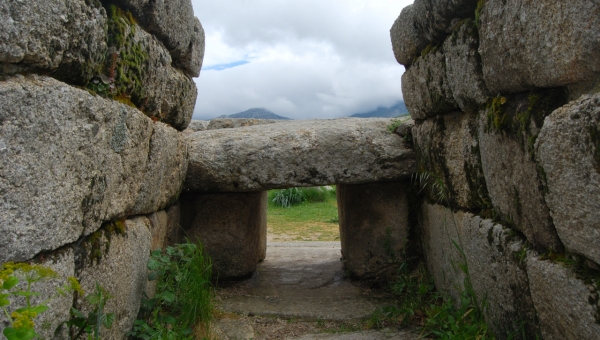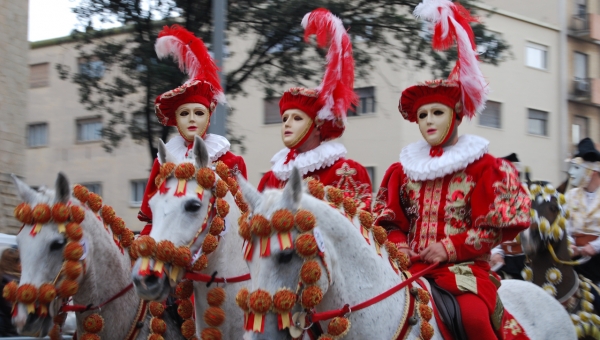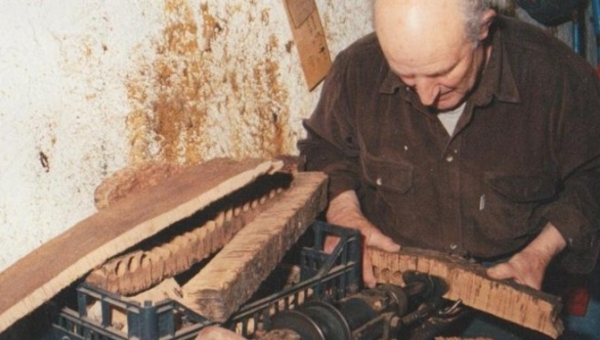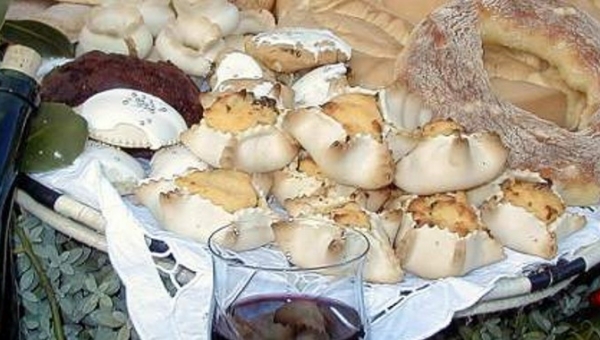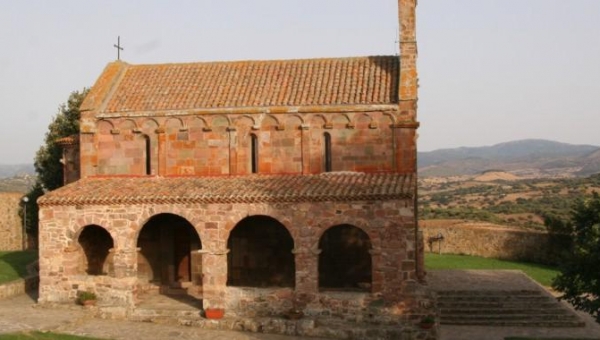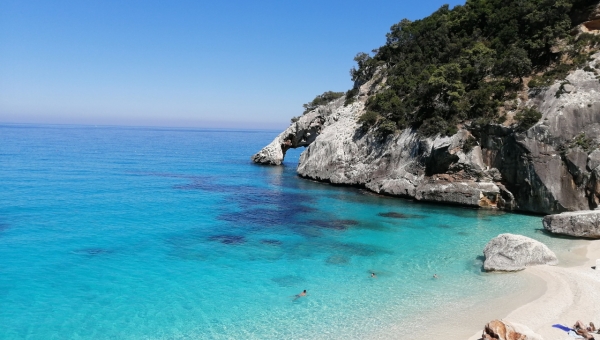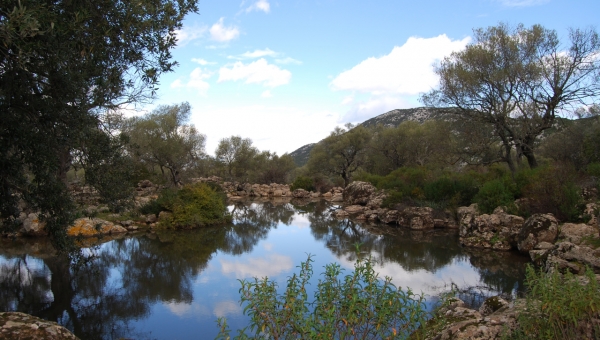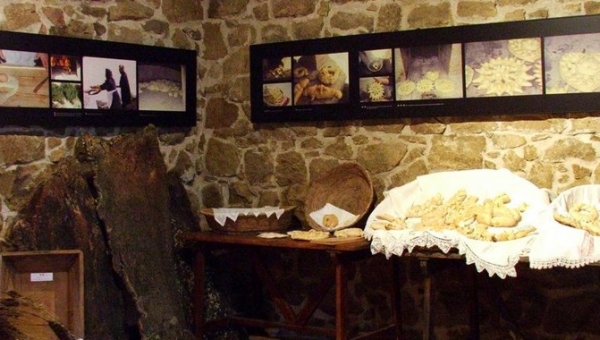The archaeological heritage of Sardinia is very important.
The island is not yet very popular and during Autumn and Winter you might be the only visitor of an archaeological site, most of all if your choice takes you just off the most advertised itineraries. The presence of human beings in Sardinia dates back to the early Paleolithic, about 500.000 years ago. During the Neolithic period men built megalithic monuments such as “menhirs”, funerary circles, allées couvertes, and dolmens (Sa Coveccada near Mores is the biggest in the Mediterranean area).





